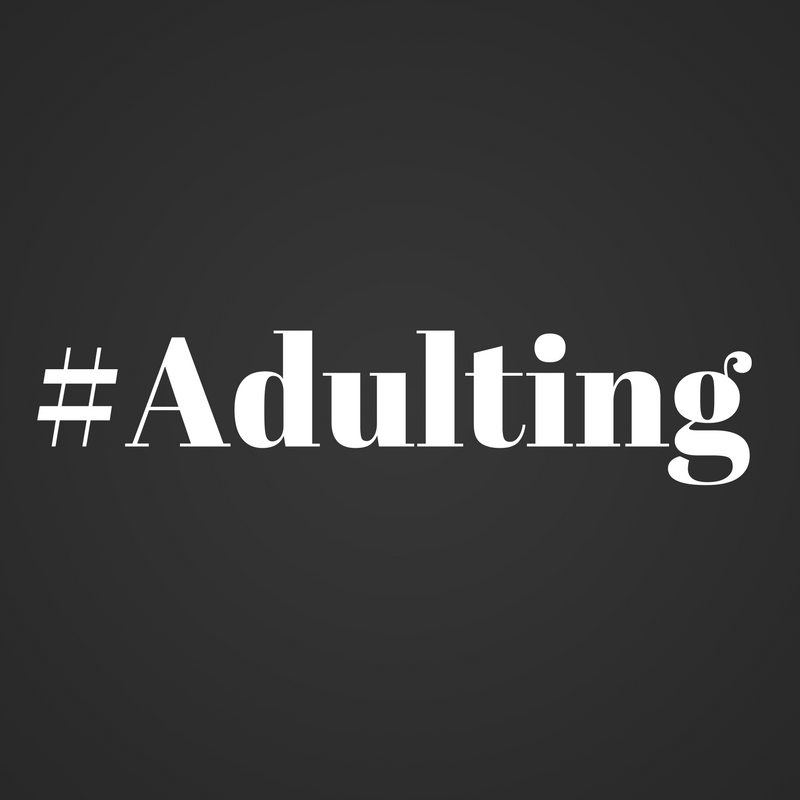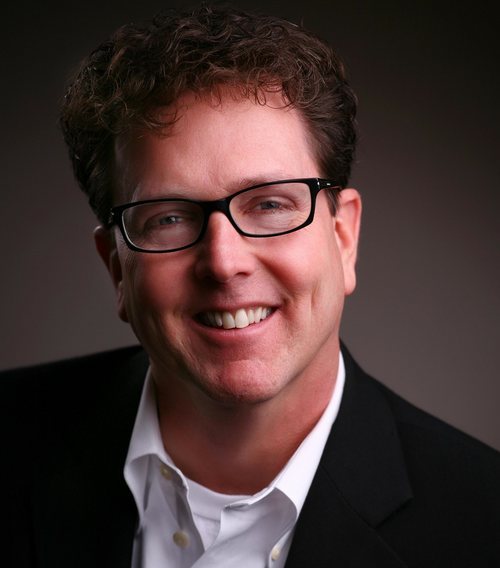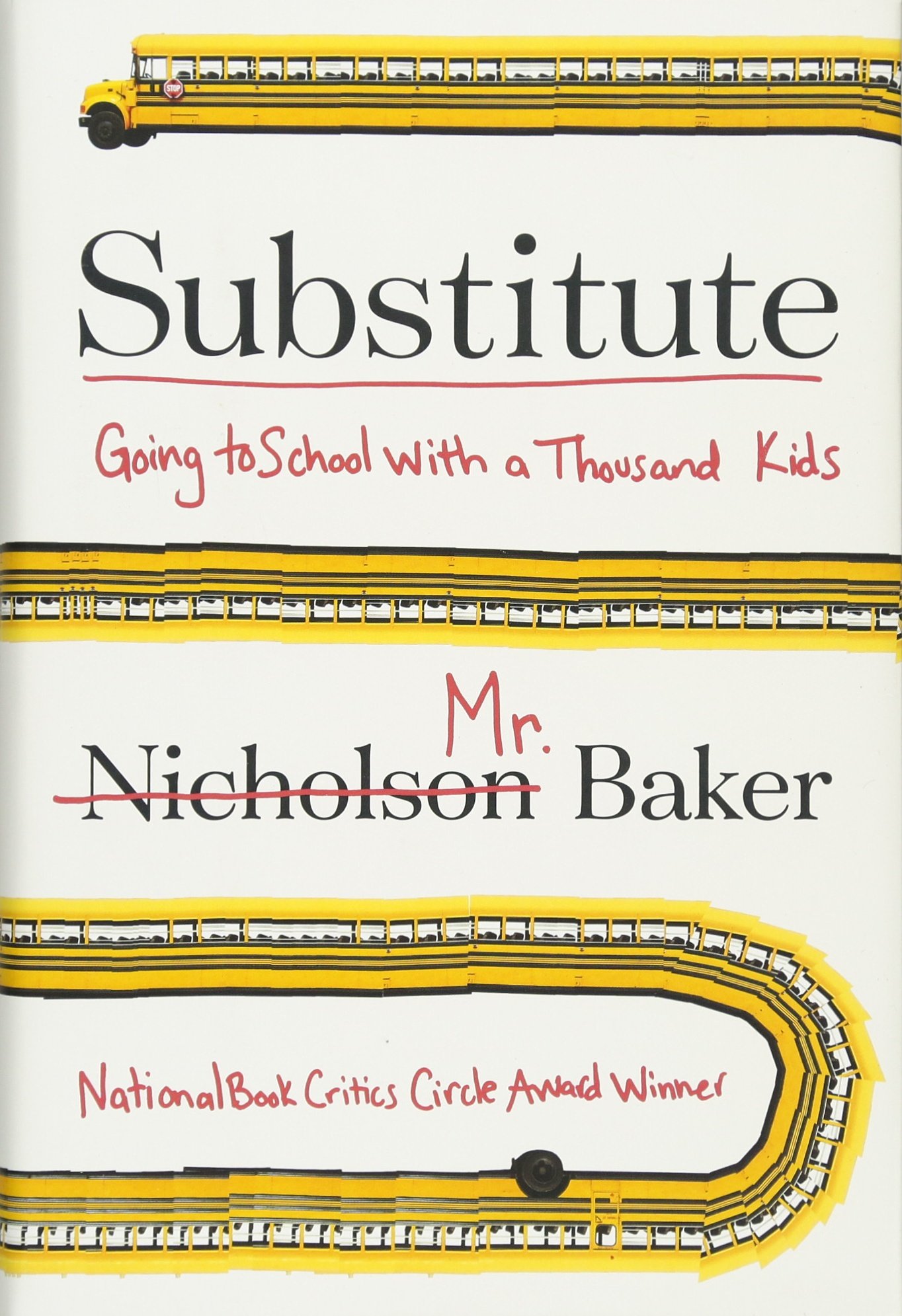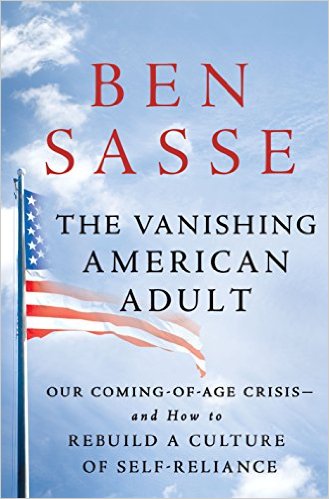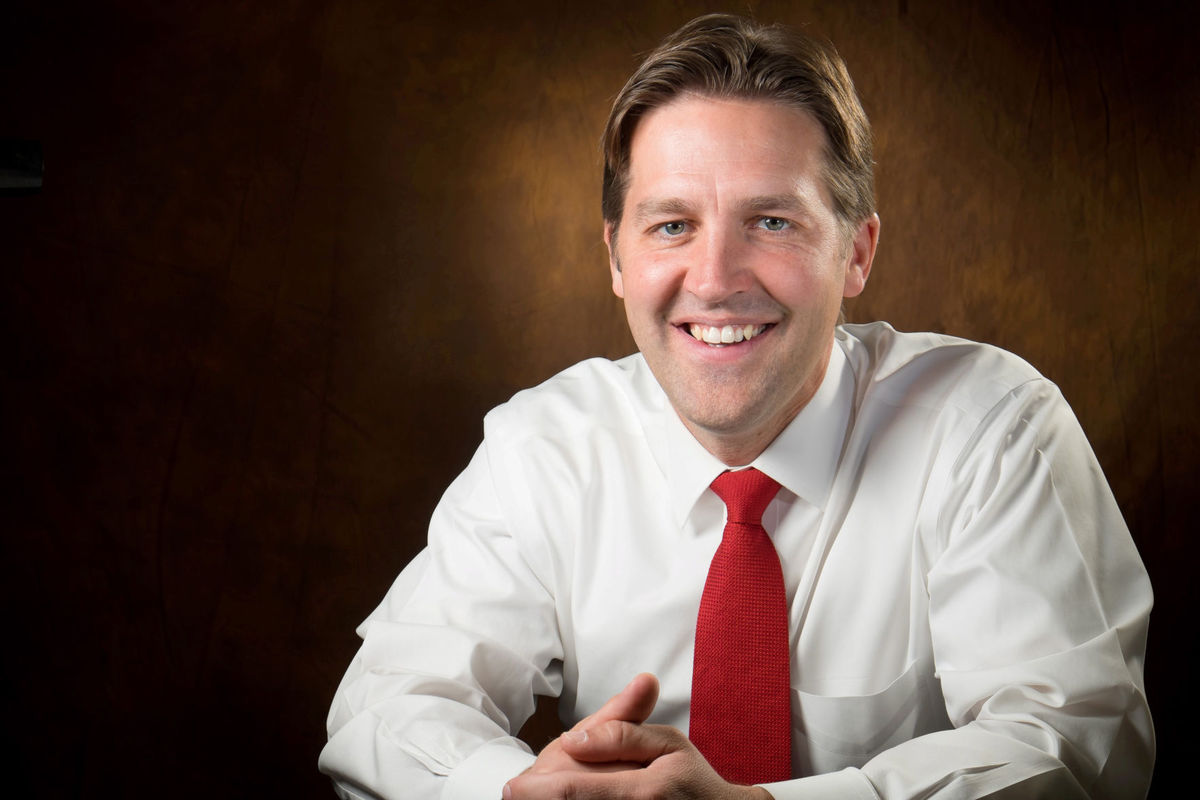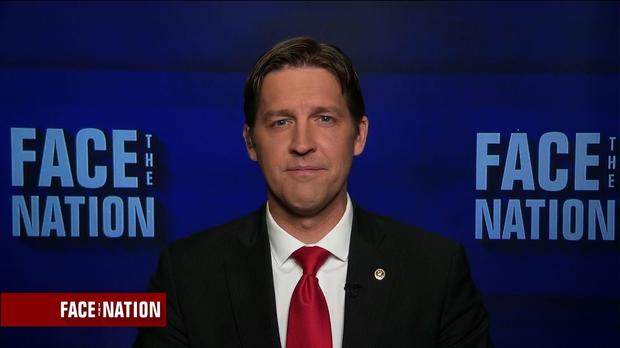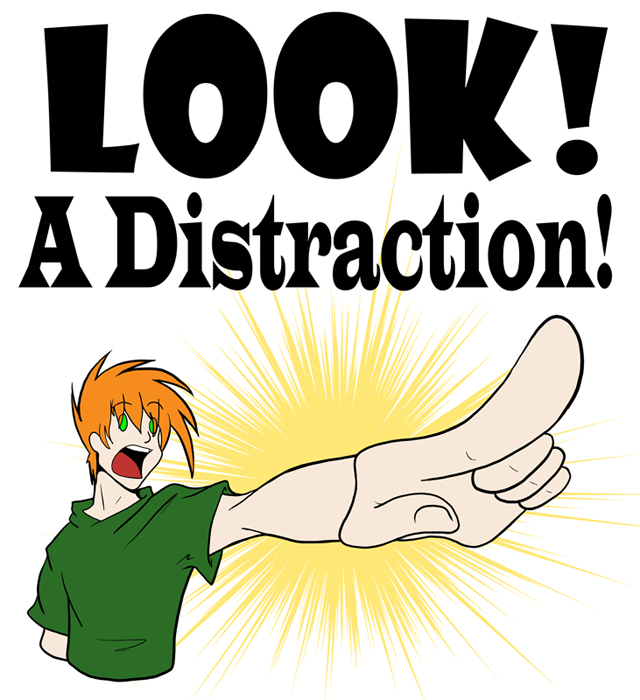
2 in 5 High Schools Don’t Offer Physics, Analysis Finds
Smaller schools least likely to offer subject
By Liana Heitin
August 23, 2016
http://www.edweek.org/ew/articles/2016/08/24/2-in-5-high-schools-dont-offer.html?cmp=SOC-SHR-twitter&override=web
“Physics, as champions of the subject will remind you, is the cornerstone of many professions, including those in engineering, health care, aerospace, and architecture. And for students hoping to pursue those and other science, technology, engineering, and math fields during college, getting a jump on physics during high school is all but a requirement.
Yet, across the country, 2 in 5 high schools don’t offer physics, according to an Education Week Research Center analysis of data from the U.S. Department of Education’s office for civil rights.
The numbers are worse in some states than others: In both Alaska and Oklahoma, about 70 percent of high schools don’t offer the course. Florida and Utah are close behind, with nearly 60 percent of high schools lacking physics. Iowa, New Hampshire, and Maine do much better, with only about 15 percent of schools not offering the subject.
A closer look shows that the problem is associated with school size: Nationally, the high schools that offer physics have an average of about 880 students. Those that don’t offer it enroll an average of just 270 students.
“When you have graduating classes of less than 80 to 100 kids, sometimes you have to make decisions in terms of what licensure you have teachers come in at,” said Doug Paulson, the STEM specialist for the education department in Minnesota, where about half of high schools have physics.
In any case, STEM advocates agree that every high school should ideally offer the course—and all students should have the chance to take it.
“Physics is often seen as an elite discipline that requires a lot of math and is only for college-bound students,” Monica Plisch, the associate director of education and diversity at the American Physical Society, said in an email. “This view is not only outdated, it risks underestimating students’ abilities and cutting off their future opportunities in STEM.”
Small Schools, Small Budgets
For small schools, perhaps the biggest hurdle to offering physics is being able to fit such classes, which just a few students might want to or be eligible to take, into the budget.
Steven Maier, a physics professor and the chairman of the department of natural science at Northwestern Oklahoma State University, said more than a dozen counties in his state—most of which are rural—don’t have any high schools offering physics. In small districts, “there’s often one science teacher teaching high school and maybe some middle school courses,” he said. “Districts can’t justify paying someone to come in and just teach physics.”
In Alaska, the large high schools tend to offer physics. But of the 250 schools that serve high school students across the state, about half enroll fewer than 25 high school students—so creating a stand-alone physics course is often just not feasible.
“We have village K-12 schools that have literally two or three high school students,” said Eric Fry, an information officer for the Alaska education department. “Teachers may teach all subjects and all grades. Those small schools do not have the capability to offer physics.”
According to Jim Bradshaw, a spokesman for the federal Education Department, schools were allowed to include virtual courses in reporting to the federal government whether they offer physics, but it’s unclear whether schools did so consistently.
Across the country, about 80 percent of alternative schools, which also tend to be small, don’t have physics, the OCR data show. Juvenile-justice facilities are even more unlikely to have physics: 9 in 10 don’t offer the course. (Those facilities were removed from Education Week’s national analysis.)
Some small schools do a rotation, offering physics one year and chemistry the next, which, as district and state administrators from several states pointed out, the OCR data may not have captured.
Dearth of Teachers
Among the most commonly cited barriers to offering physics by all states is difficulty finding qualified teachers.
“I get a call nearly every day from a school district—especially during July, as school districts are trying finalize their teachers—[that is] looking for a physics teacher,” said Tiffany Neill, the director of science education for the Oklahoma education department.
“Finding physics teachers is hard,” said James Ryan, the STEM executive director for the San Francisco school system, which does offer physics in a majority of high schools. In California, unlike in many other states, teachers need to be specifically prepared to teach physics. “We don’t have a [general] high school science credential,” he said. “So there are just fewer physics credentials out there available to teach.”
Michael Marder, a co-director of UTeach, a STEM teacher-preparation program that operates out of 44 universities, said upping the physics-teacher pool has proven tough. “Increasing the number of math and biology teachers has persistently been easier than raising the number of physics teachers,” he said, adding that only computer science has been more difficult.
Yet, at the same time, there’s evidence that student interest in the subject is growing—perhaps partly because of the recent nationwide push to get more, as well as more-diverse, students interested in STEM.
The number of students taking the Advanced Placement physics exam doubled between 2014 and 2015, according to the College Board, which administers the test.
Data from the American Institute of Physics show that enrollment in high school physics classes has gone up significantly since 1990. About 39 percent of students now take physics in high school. That’s still far behind biology, though, which nearly every student takes before graduating.
Low pay is among the culprits for why it’s so hard to find teachers.
“The median starting salary for a physics major who becomes a high school teacher is about $10,000 less than getting a STEM job in the private sector,” Plisch explained by email, “and that can be after an additional year in college to earn certification.”
Pay has been a particular problem in Oklahoma, which ranks 48th for average teacher salary in a state comparison this year by the National Education Association.
“Many teachers who are teaching physics in public high schools are being offered positions in career-tech schools or business and industry that can pay more,” said Neill of Oklahoma’s education department.
But pay alone doesn’t explain the physics-teacher shortage, since math, biology, and chemistry teachers could also up their salaries outside of education, and yet there are many more of them in schools. Another major factor is that universities simply aren’t churning out very many physics majors—and of those who do get a physics degree, just a fraction will end up going into teaching.
“At the college level, [physics] is one of the least-liked classes on campus and has been for a long time,” said Marder of UTeach. “It’s really hard, and we’ve gone in for grade inflation less than just about anybody else.”
The most prolific teacher-preparation programs in the country are only producing about a dozen physics teachers per year, according to a 2012 report by the Task Force on Teacher Education in Physics, a group formed by the American Physical Society, the American Association of Physics Teachers, and the American Institute of Physics.
Most universities are producing far fewer, if any.
Because the pool of physics education graduates is so small, many of the people who end up in physics classrooms have taken nontraditional routes to get there. They may go through emergency certification or professional-development programs or simply take the physics-certification test—often without having ever studied the subject in a university setting.
‘Cyclical Problem’
That’s despite the fact that the American Association of Physics Teachers says a new physics teacher needs an undergraduate major or minor in the subject to reach an “acceptable” minimum level of preparation.
“The teachers teaching physics aren’t well prepared,” said Eric Brewe, a physics education researcher at Florida International University in Miami. “Students are not getting the best educational experience you can get in physics.”
That leads to a few different problems: An unprepared teacher can eventually drive enrollment in the class down, Brewe said. “The students understand, and guidance counselors understand, and probably other teachers understand this isn’t a good course or a good situation.”
Then when funding gets tight, small classes can end up on the chopping block. “As schools introduce budget cuts, that becomes low-hanging fruit,” said Neill.
And either taking a bad physics course in high school or not taking one at all often discourages students from pursuing STEM in college.
“It’s a cyclical problem,” said Brewe.
ESSA Effect
The new federal education law has some STEM administrators on edge about whether finding and training physics teachers may soon get even harder.
The Every Student Succeeds Act eliminates the Math Science Partnerships program, which put about $150 million toward collaborations between higher education institutions and high-need school districts.”


